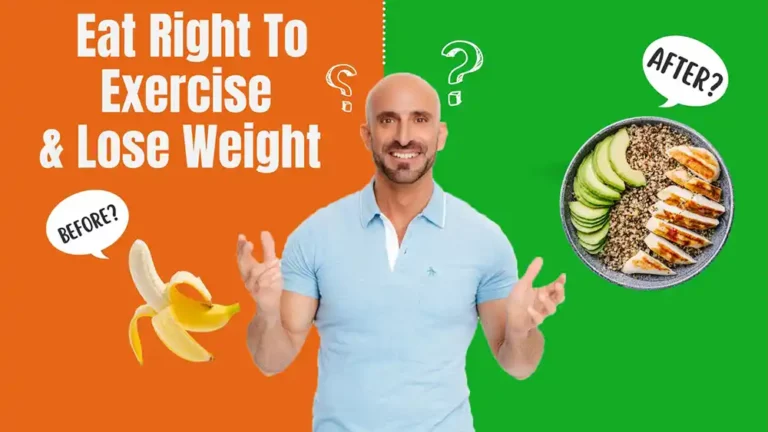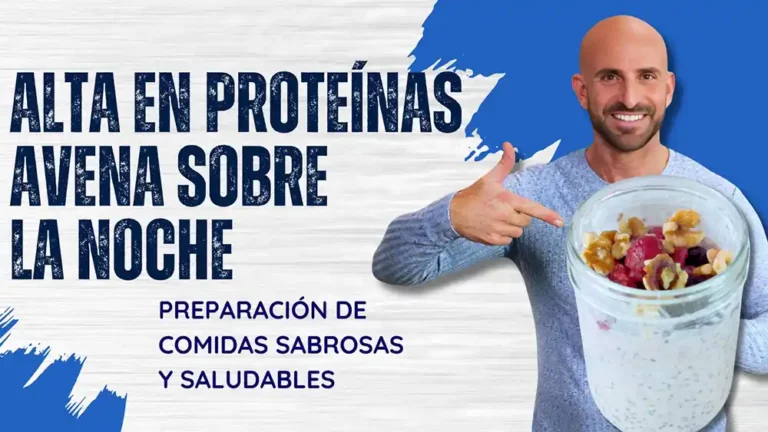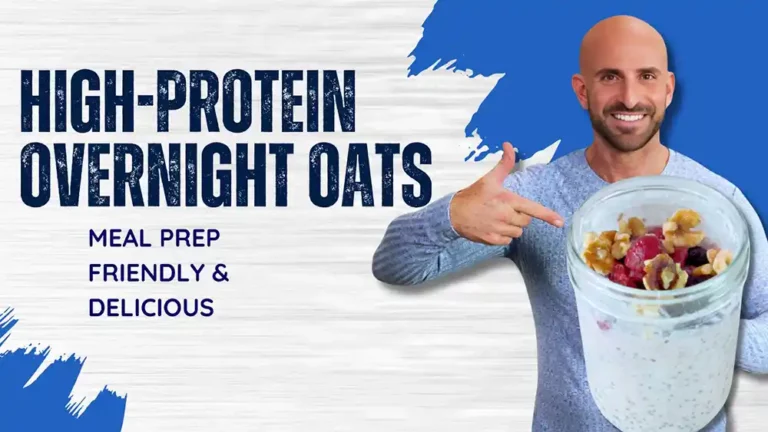There are some key differences for vegan omega 3 sources vs. animal sources. Here are the important things to know, with a simple way to meet your omega-3 needs every day.
Did you know research found that over 95% of children and 68% of adults have omega-3 levels below the recommendation? Even more, 89% of adults had an Omega-3 Index in the high cardiovascular risk category.
These numbers are alarming because this nutrient is SO important for your body, heart, and mind. And new research keeps finding more insight about low omega-3 levels and health.
So, in honor of National Nutrition Month, I’ve partnered with EO3 to share a few key things you should know about omega-3s.
What are the Three Types of Omega-3s?
First, there are three types of omega-3s:
- DHA – from animal sources
- EPA – from animal sources
- ALA – from plant sources (vegan)
Think of it as a chain – ALA is converted to EPA, and EPA is converted to the most bioavailable form, DHA.
What are Vegan Omega-3 Sources?
There are many vegan ALA omega-3 sources such as flaxseeds, chia seeds, walnuts, and algae. However, the conversion of ALA minimizes the impact those omega-3s can have on your body.
This is why it’s still important to consume certain amounts of EPA and DHA.
What are the DHA and EPA Omega-3 Recommendations Per Day?
The Global Organization for EPA and DHA recommends a combined 500mg from EPA and DHA per day. Some research has found that up to 1g/day of EPA and DHA can be beneficial for specific health conditions.
So whether you don’t like fish, aren’t interested in taking supplements, or don’t want to rely on gel caps (hello fish burps!), ready-to-drink smoothie EO3 can solve all of this.
How Many Omega-3s are in EO3?
EO3 contains 1600 mg of Omega-3s total, with 820 mg DHA and 550 mg EPA.
Enjoy it daily by itself, blend it into smoothies, or pair it with a meal. Meeting your omega-3 needs has never been easier.
For more, visit Enhanced Omega-3.
More Reading about Omega-3s
For more insight about vegan omega-3s, keep reading:





